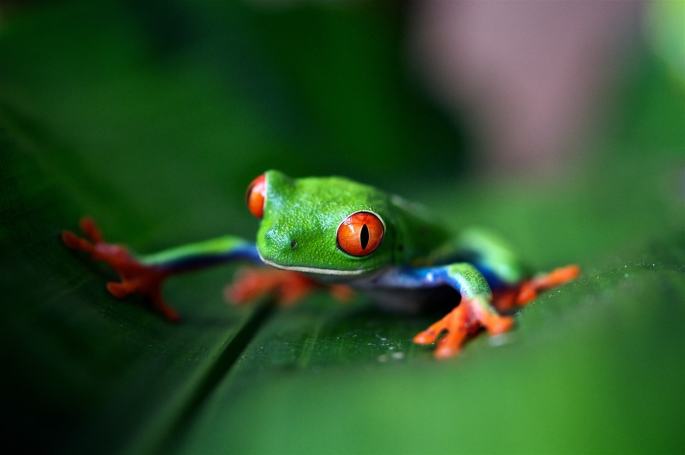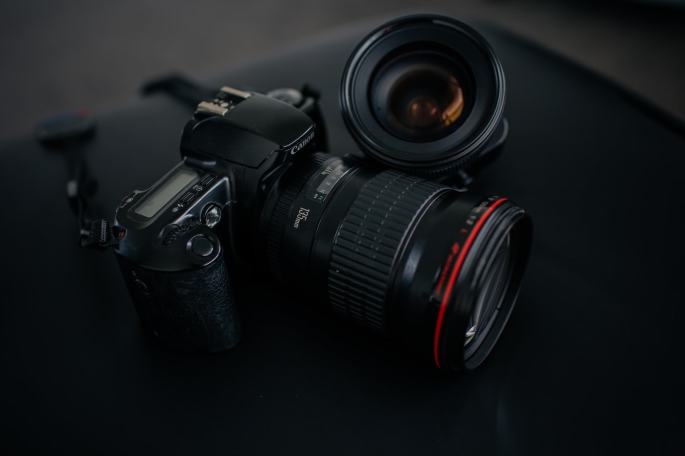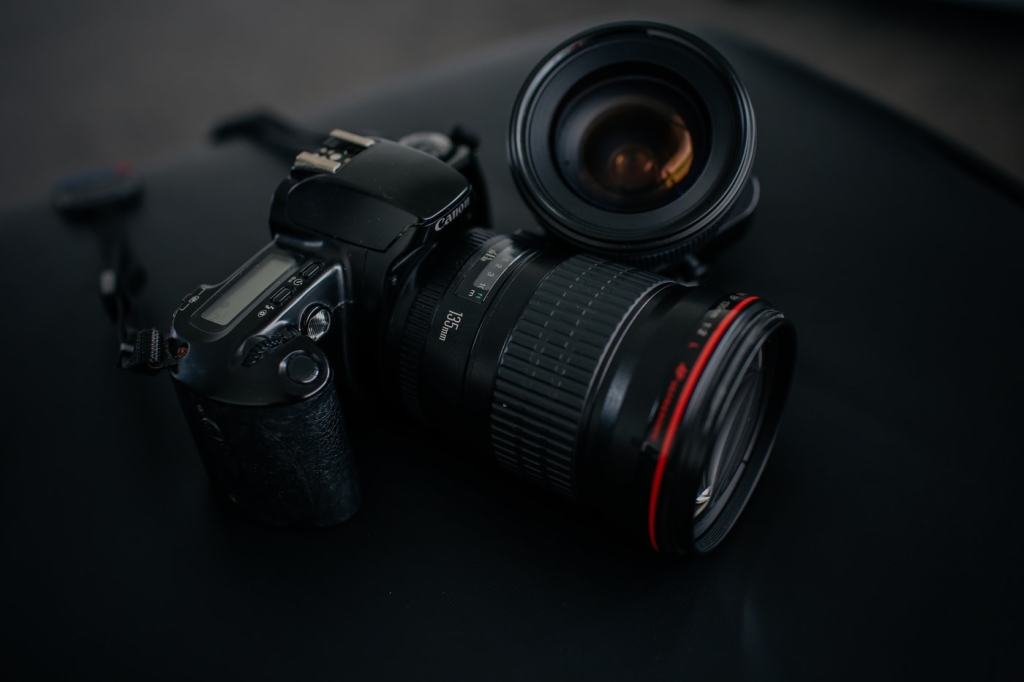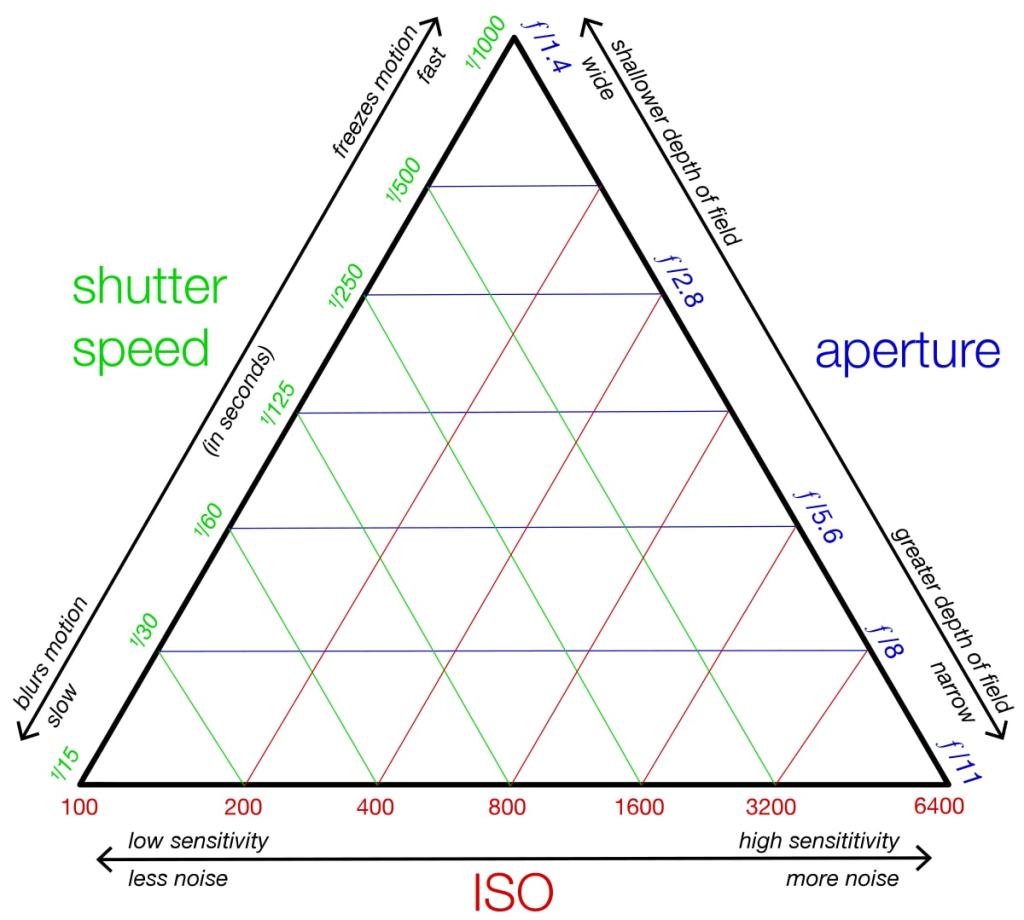
There are a few common, and a few unique effect in photography as general, what helps us create different vibes, or help increase our photo’s quality. A few can be applied for wildlife photography also. One of it is a Bokeh-effect!
WHAT IS THE BOKEH-EFFECT?
Bokeh-effect is when our subject(in our case it is an animal) is “pop-out” from the photo, staying sharp, till the background is blurry, out of focus! It will help us to force the focus on the subject animal. Bokeh-effect can be used to hide distracting elements. If you blur your background into oblivion, crisp details will disappear from it. It will become a dollop of colour and tone, and not much else. Thus, good Bokeh-effect contributes to a cleaner, more refined look.
ORIGIN
The origin of this effect comes from Japan, in Japanese language, Bokeh means blur.
The English spelling bokeh was popularized in 1997 in Photo Techniques magazine, when Mike Johnston, the editor at the time, commissioned three papers on the topic for the May/June 1997 issue; he altered the spelling to suggest the correct pronunciation to English speakers, saying “it is properly pronounced with bo as in bone and ke as in Kenneth, with equal stress on either syllable”. The term bokeh has appeared in photography books as early as 1998. It is sometimes pronounced /ˈboʊkə/ (boke-uh).
WHAT IS SOFT FOCUS, AND WHAT IS THE DIFFERENCE BETWEEN SOFT FOCUS AND BOKEH-EFFECT?
In soft focus photography there is an intentional blurriness added to the subject while the actual edges are retained in sharp focus, but with Bokeh-effect it is only an element of the image that is intentionally blurred. Additionally, Bokeh-effect tends to emphasise certain points of light in the our photo as well.
BOKEH-EFFECT IN WILDLIFE PHOTOGRAPHY
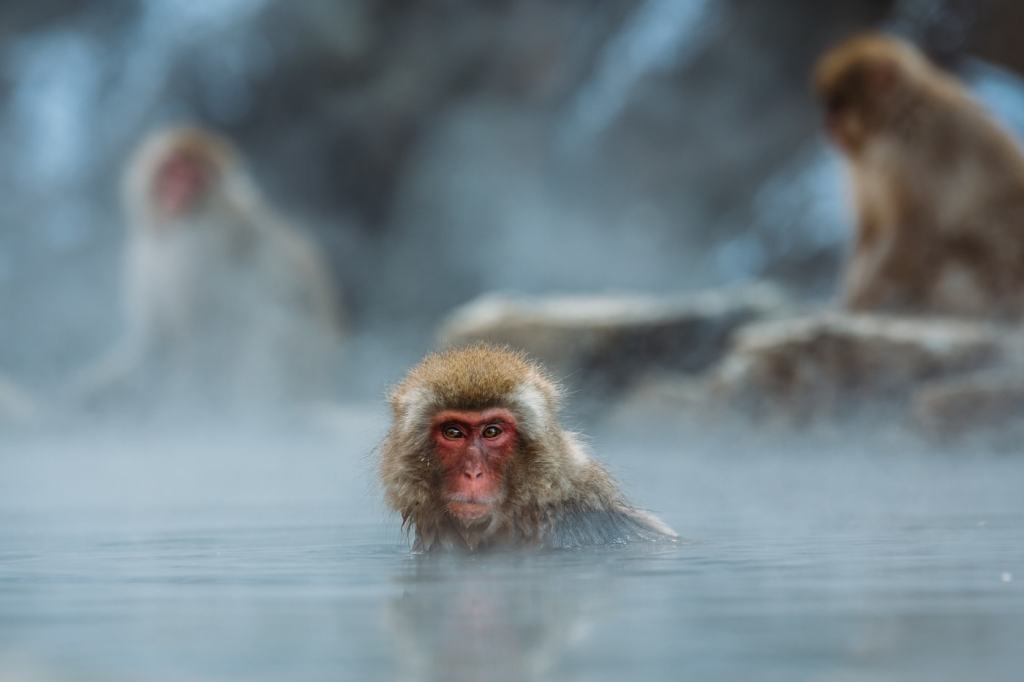
Now, the difference between other photography environments and wildlife is that, in the nature, the background can be really complex, and without proper preparation, it can ruin the photo pretty easy.
With the Bokeh-effect, we can create great images, even with the most complex and extreme backgrounds. How?
At first, we will need a good aperture setting with the lowest f-number possible(widest aperture). With this setting, you can create a much more shallower depth of field, therefore your background will become more blurry.
We have to mention here that, the distance between your subject animal and the background will have influence on the softness of the Bokeh-effect also. The greater the distance, the smoother(more blurry) the background will be. It is essential to keep this in mind, however we know, it is really hard to prepare, and get influence on this, because of nature is unpredictable, and your subject animals won’t follow any rules or patterns for correct wildlife photography.
Also keep in mind, not every image needs this effect, we don’t have to always look for the Bokeh-effect in our wildlife photography. In fact, starting to use wide-angle lenses become more popular nowadays.
Using the right lens can be beneficial, however not essential, we can create Bokeh-effect, without a long telephoto lens, the only thing we have to do is get closer to our desired animal, carefully!
Try out the Aperture Priority mode, it works well in order to create Bokeh-effects, however, if it isn’t working, simple change to manual.
If your aim is to intentionally create Bokeh, choose your background carefully, before you start to photograph, or set up your tripod.
Speaking about the importance of the background, sometimes our foreground is as important as the background of the image. Good composition as general can be extremely beneficial.
WHAT ARE THE “RIGHT” SETTINGS IN ORDER TO CREATE BOKEH-EFFECT?
To achieve Bokeh-effect in wildlife photography you need a fast lens with at least an f/2.8 aperture (although wider apertures like f/2, f/1.8 or f/1.4 are better). When shooting, make sure the lens is wide open. Most photographers prefer to shoot in a manual mode as well, so they can set their aperture and shutter speed manually, and it can result higher quality images!
The larger focal length of the lens will decrease the depth of field. For example, a 14mm lens would have a greater depth of field at f/4 than a 400mm lens would have at f/4. So, the greater the focal length, the softer the Bokeh-effect assuming we are using constant aperture.
Physically, sensor size doesn’t have anything to do with the amount of blur. But, in practice, it does.
If you use the exact same lens on a full-frame and a 1.5x camera, the crop camera will force you to move away from your subject to keep the same framing.
Now, we know that subject distance does indeed affect Bokeh – the further you stand, the less Bokeh-effect you will have.
BAD OR DISTRACTING BOKEH-EFFECT
With all that said, obviously we can, and probably we will shoot bad images with this effect, I did a lot during my practice, and this is absolutely normal, this is how learning works! However, there are a few things we can immediately can avoid with a little attention!
In my opinion, if the background is really distracting, confusing, and take the focus out from your subject animal, than it is a bad Bokeh-effect for me. Just be aware of this, and keep practice!
IS LIGHTING IMPORTANT FOR BOKEH-EFFECT?
Obviously, light is one of the most important factor in wildlife photography as general. If you’re in controlled conditions where you can adjust your light and want to experiment, you may find that opening your aperture wide works best.
Remember, this is going to have the smoothest results, and produce the greatest Bokeh-effect possible. The light source doesn’t have to come from behind the subject. It can just be incidental light creeping through a well-lit scene.
CONCLUSION
Knowing different techniques for wildlife photography will make you more confident and better photographer. You will be able to capture moments with your camera, which you would not without knowing the techniques.
Bokeh-effect is one of it, and it is extremely useful in many many cases, when it comes to wildlife photography! Just keep in your mind, in your “tool-box”, and use it, whenever you feel to it!
I hope I could help with this article, and I hope you will be able to use this technique in your photography!
If you have some spare time, please check out my Youtube Channel: https://www.youtube.com/channel/UC6Vgiw_7TZrN7Lx2cFLA5eQ?view_as=subscriber
If you have some spare time, please check out my Instagram: https://www.instagram.com/wildlifeoftheplanetmpc/?hl=hu
Thank you!

